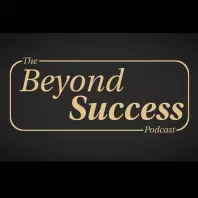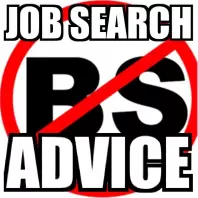In this powerhouse episode, Max Altschuler - founder of Sales Hacker, former VP of Marketing at Outreach, and now General Partner at GTMfund - breaks down what it takes to build and scale B2B SaaS companies with speed and substance. Max shares his journey from being an early-stage operator to becoming a SaaS investor, unpacking the real mechanics behind GTM strategy, community-driven growth, category creation, and what founders often get wrong. This is a masterclass in strategic execution and long-game thinking for SaaS leaders.
Key Takeaways –
1. Betting on Founders: What Drives Early-Stage Investing
- Founder-market fit trumps product perfection - invest in people who are machines.
- Space matters: Great founders + a growing wave = potential breakout.
- Outreach wasn’t a spreadsheet decision - it was a conviction bet on Manny Medina's obsession and clarity.
2. Strategic Distribution Is the New Product
- Distribution is where the new edge is; AI levels the playing field for building.
- GTM is the real differentiator - your ability to generate demand at scale will define outcomes.
- Sales Hacker’s distribution muscle supercharged Outreach’s category dominance.
3. Acquisitions Are Not Just About Revenue, They’re About Velocity
- Sales Hacker wasn’t bought for its revenue but to compound Outreach’s strategic value.
- Community-led growth isn't a tactic; it’s an ecosystem asset.
- Integration didn’t mean conversion - it meant amplification without breaking trust.
4. Lessons in SaaS Scale and GTM Execution
- Don’t underinvest in product expansion; build or buy fast when signals are clear.
- Self-serve isn’t optional anymore; it’s mandatory for market-wide coverage.
- Be obsessed, but don’t burn out your team; clarity in communication scales leadership.
About the GTMfund:
GTMfund is an early-stage venture fund backed by 300+ of the most respected go-to-market leaders from companies like Salesforce, Zoom, and Snowflake. It focuses exclusively on backing SaaS startups with strong GTM execution and strategic potential.
Connect with Max Altschuler | Check out GTMfund
Visit our website - https://saassessions.com/
Connect with me on LinkedIn - https://www.linkedin.com/in/sunilneurgaonkar/




























